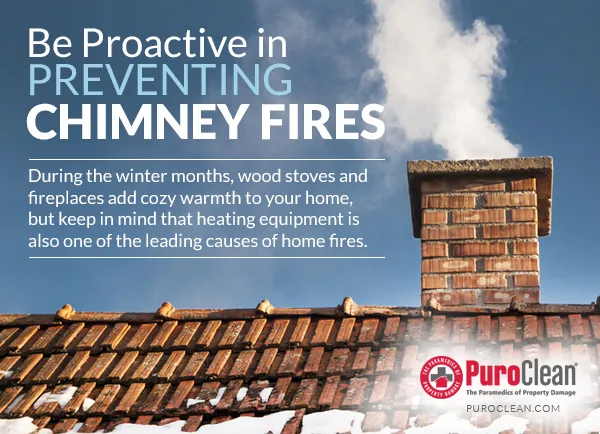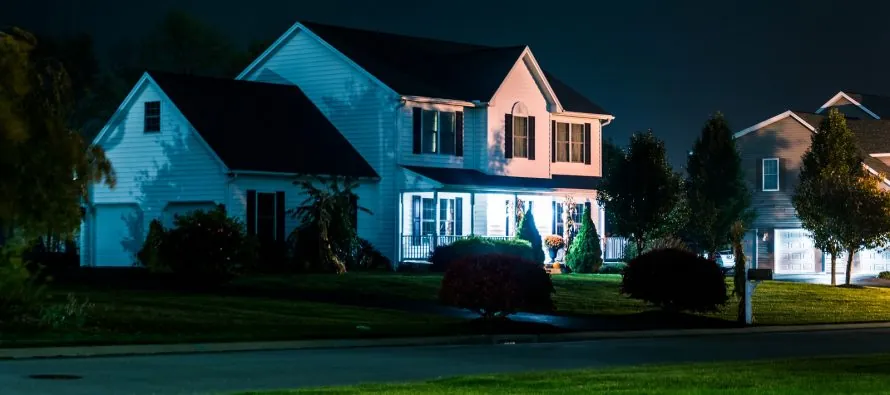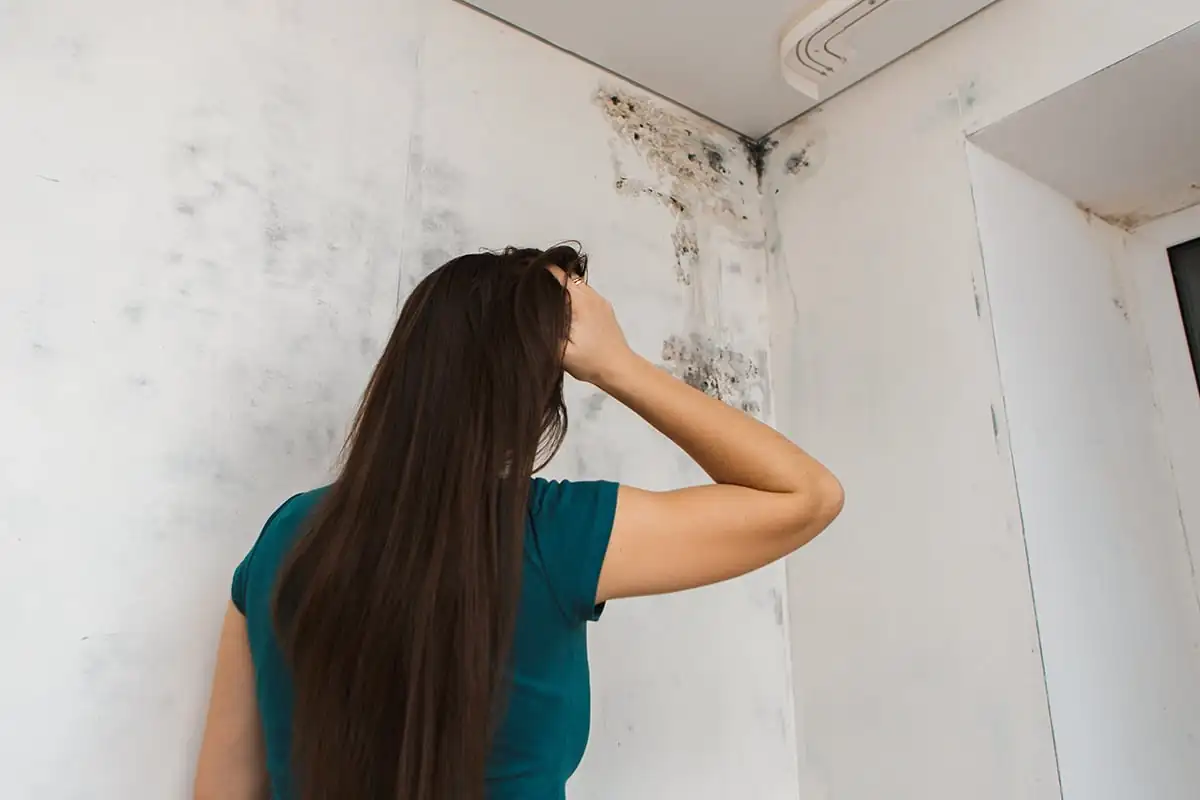 During the winter months, wood stoves and fireplaces add cozy warmth to your home, but keep in mind that heating equipment is also one of the leading causes of home fires. Half of home heating equipment fires are reported during the months of December, January, and February. To ensure that all of your systems are working properly, it is recommended that you get an annual inspection of your chimney, stove and vents, just before heating season, in order to remove soot, blockages and built-up creosote.
During the winter months, wood stoves and fireplaces add cozy warmth to your home, but keep in mind that heating equipment is also one of the leading causes of home fires. Half of home heating equipment fires are reported during the months of December, January, and February. To ensure that all of your systems are working properly, it is recommended that you get an annual inspection of your chimney, stove and vents, just before heating season, in order to remove soot, blockages and built-up creosote.
Creosote is a highly flammable chemical substance that builds up inside your chimney or liner as a result of burning wood. Keep in mind that it only takes a small accumulation of creosote glazing to create the potential for a chimney fire that may damage the chimney and even spread to the roof and home. The rate of accumulation can be higher if you don’t allow wood to burn completely or if you have a burning appliance or stove that is not working well. Different types of wood create different amounts of creosote when burned. Pine causes a rapid build-up of creosote and should be avoided as a regular source of wood. Creosote can also reduce the draw of the fireplace and reduce efficiency.
Even if you use your fireplace or stove sparingly, getting an annual inspection can help you discover any defects, even if cleaning is not needed.
Other venting systems connected to furnaces and stoves should also be cleaned on a regular basis to guarantee a safer and more efficient functioning.
Check back with us to learn more safety tips and don’t forget to like us on Facebook to get our notifications!



